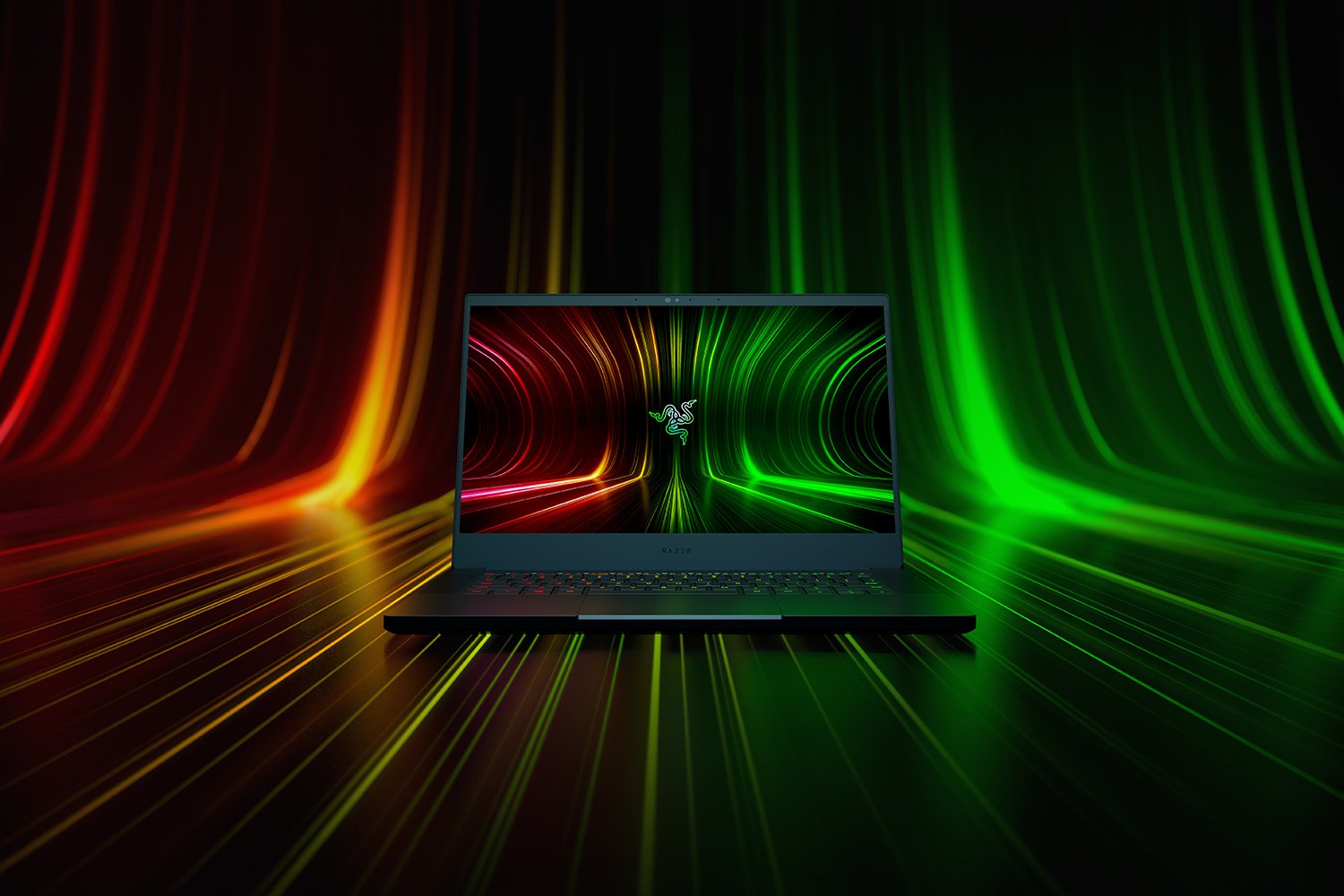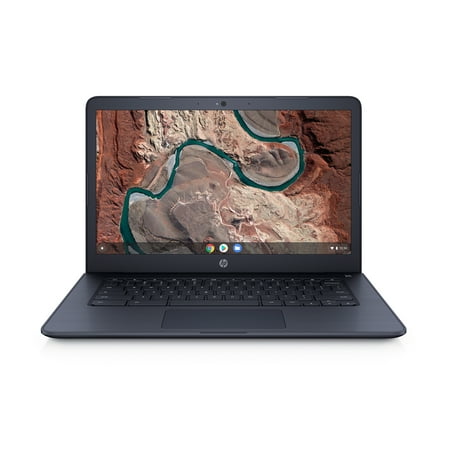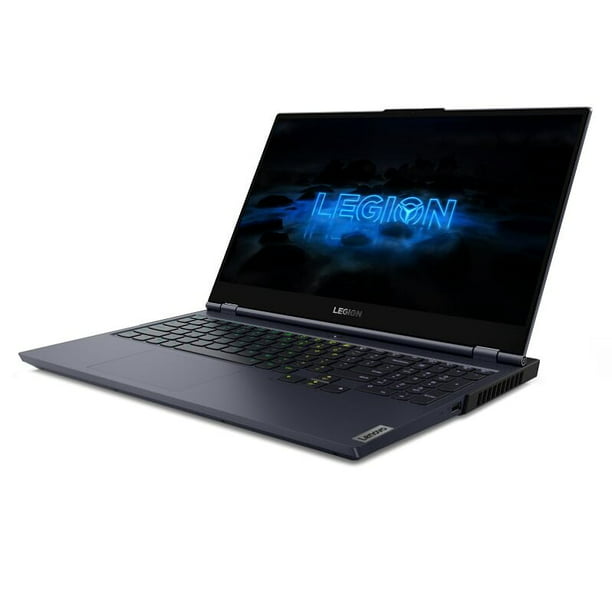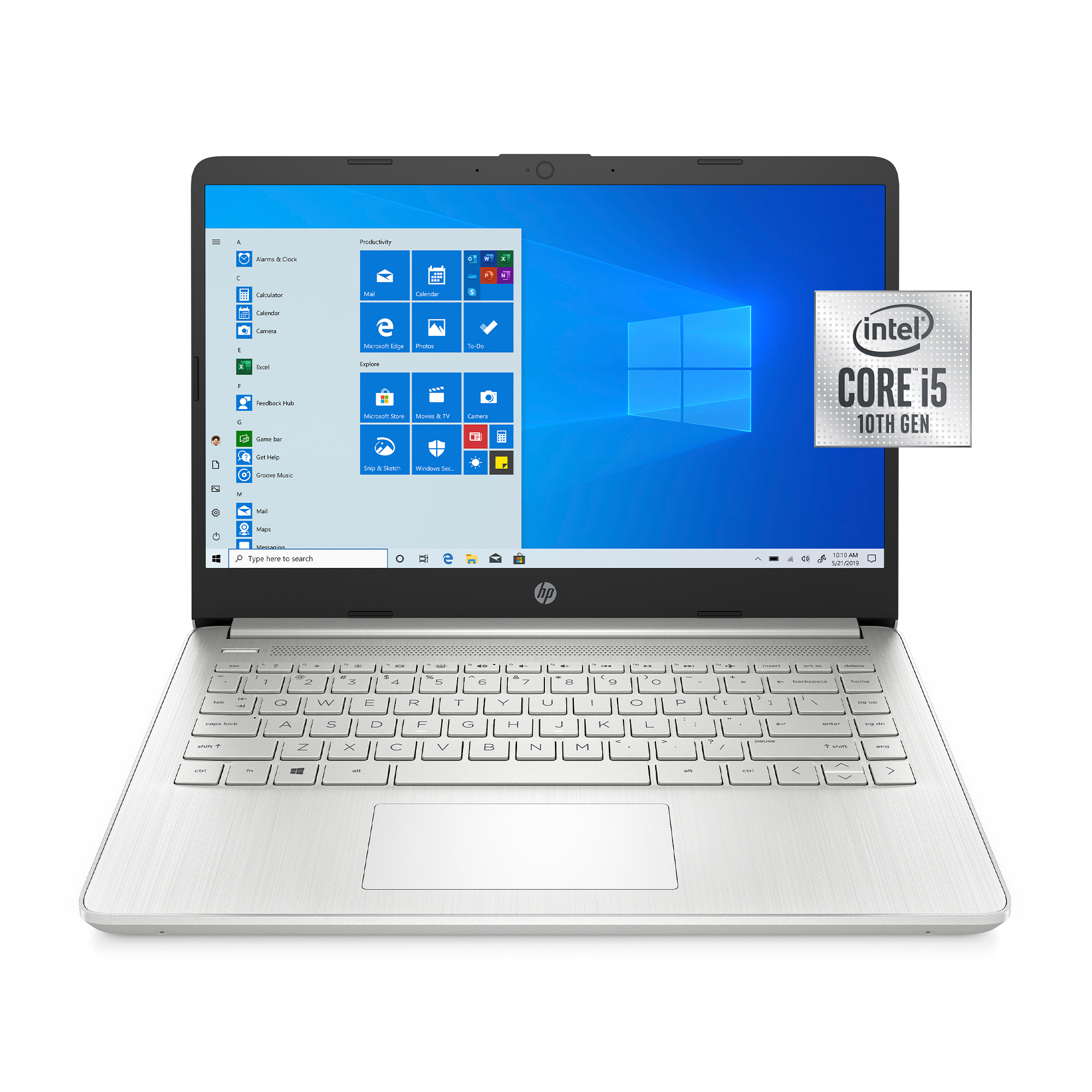Razer Blade 14 – Full HD 144Hz – GeForce RTX 3060 – Black – The World’s Most Powerful 14-inch Gaming Laptop – Razer Blade 14
AMD Ryzen™ 9 5900HX Processor. 8 Cores / 16 Threads, 3.3GHz Base, 4.6GHz Max Boost. Windows 10 Home. 14-inch FHD 144Hz, 1920 x 1080. NVIDIA® GeForce RTX™ 3060 (6GB VRAM). 1TB SSD (M.2 NVMe PCIe 3.0 x4). 16GB DDR4-3200MHz (Fixed Onboard).
| PROCESSOR |
|
|---|---|
| OS | Windows 10 Home |
| DISPLAY | 14-inch FHD 144Hz, 1920 x 1080 |
| GRAPHICS | NVIDIA® GeForce RTX™ 3060 (6GB VRAM) |
| STORAGE | 1TB SSD (M.2 NVMe PCIe 3.0 x4) |
|---|---|
| MEMORY | 16GB DDR4-3200MHz (Fixed Onboard) |
| KEYBOARD | Per key RGB Powered by Razer Chroma™ N-Key rollover keyboard |
| CONNECTIVITY | Wi-Fi 6E (802.11ax), Bluetooth® 5.2 |
| BATTERY AND ADAPTOR |
|
| TOUCHPAD | Precision glass touchpad |
| INPUT & OUTPUT |
|
| AUDIO |
|
| ADDITIONAL FEATURES |
|
| FINISH | CNC Aluminum, Anodized Black, backlit green Razer logo |
| DIMENSIONS |
16.8 mm x 220 mm x 319.7 mm |
| WEIGHT | 1.78 kg / 3.92 lbs |
| GRAPHIC FEATURES |
|
Additional information
| DIMENSIONS | 0.66” x 8.66” x 12.59” |
|---|---|
| WEIGHT | 1.78 kg / 3.92 lbs |






Reviews
There are no reviews yet.